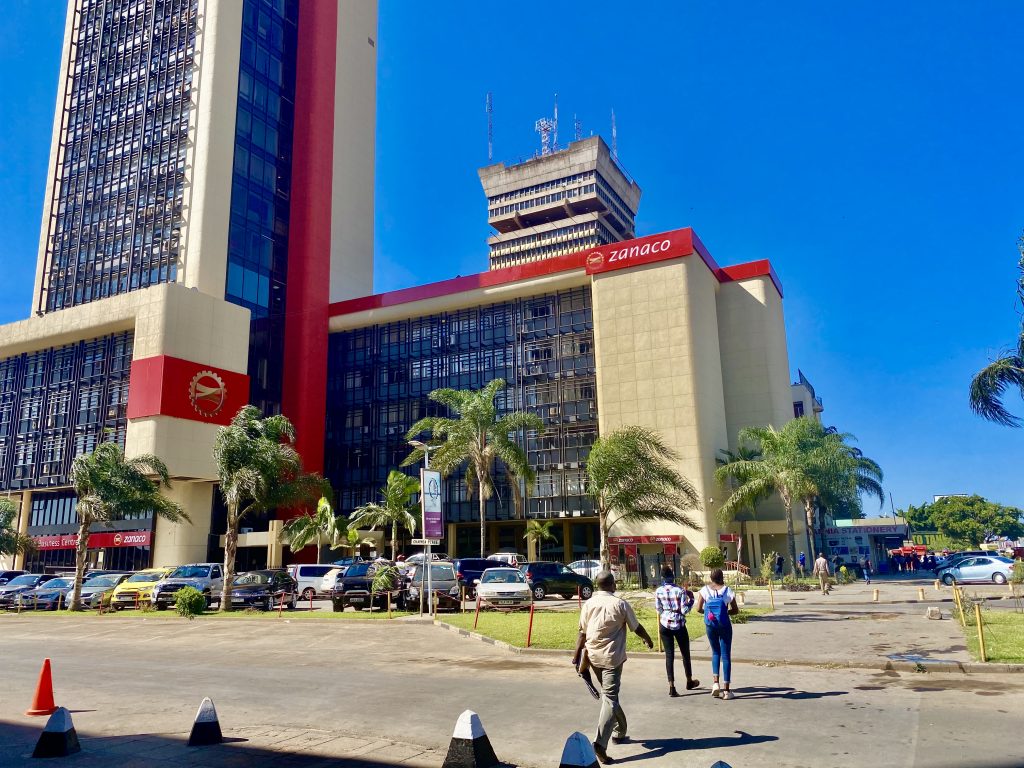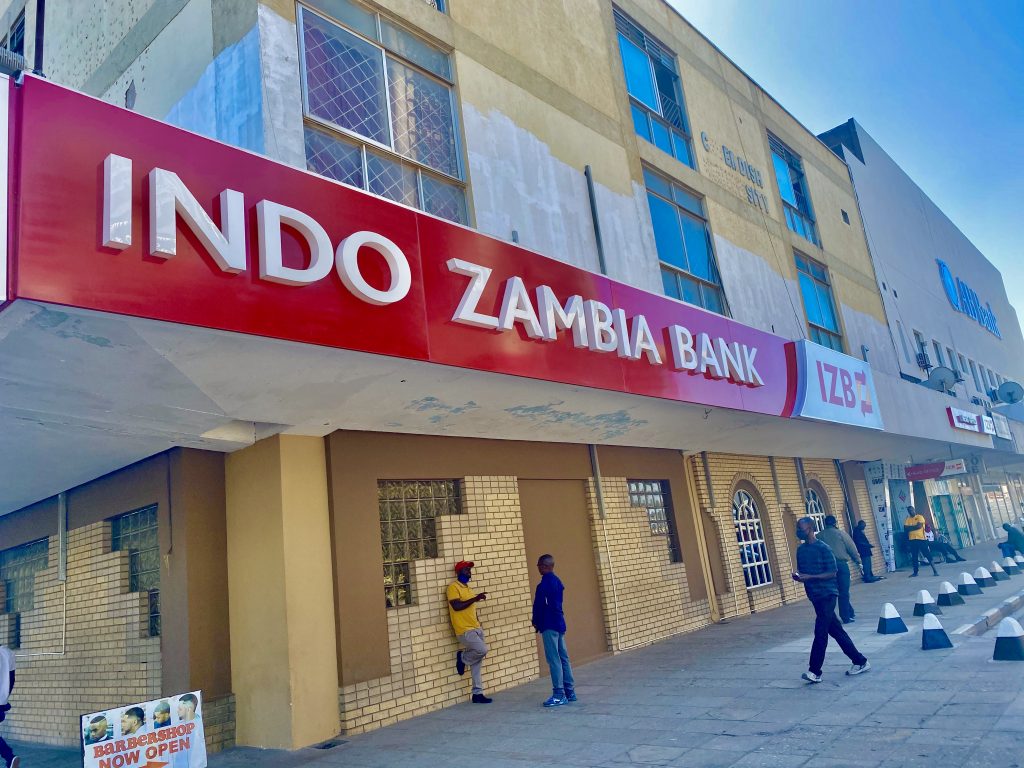An aggregation of FY20 banking industry prudential financials reveals that COVID19 related spend and widening sovereign induced provisions shriveled full year industry earnings by 14% to K1.49billion. The copper producer had a fair share of dents on the economy ranging from disease pandemic induced sovereign defaults that impacted the banking sector. Zambia skipped coupon payments on its dollar bonds maturing 2024 and 2027 totaling $98.3million of which $42.5million relates to November 13, 2020. This has been the biggest driver of credit risks leading to higher risk weights on government paper attracting significant provisioning.
CREDIT IMPAIREMENTS SPELT SOVEREIGN DEFAULT IMPACTS
Credit impairments surged 79.4% to K1.12billion compared to a year ago as key banks adjusted their risk lending models to reflect the countries default status. However inferring from the increased investment in government securities by some banks versus impairments raised it is clear that most players application of IFRS9 is inconsistent given the expectation that risk weights for exposure to bonds and bills in default era should be wider. An elevated yield curve provides opportunity for a boost in interest earning capacity on the banking book.

COVID, CURRENCY ROUT AND RESTRUCTURES WERE COST DRIVERS
Industry non-interest expenses accelerated 38.9% to K9.3billion with key drivers being COVID related spend, revaluation effects of foreign currency invoices and management restructures for some key banks as they lean operating models. Additional spend was observed in the year from new branch opening and refurbishments contributing to the aggregate expense line. In difficult times as these it is expected to see business reviews through restructures as management aims to lean operating models.
Read also: Profitability in stormy economic weather, Zambia’s FY19 earnings analysis
RISING COST OF FUNDS BUT LAGGED EFFECTS OF BOZ MEDIUM TERM FACILITY
Reflecting the cost of funds, interest expenses rose 30.4% to K4.1billion which in part leveraged off an elevated yield curve especially on the longer end. Despite central bank interventions through easing credit conditions by introducing a Targeted Medium Term Refinance Facility (TMTRF) at a 100bps above benchmark interest rate. The autopsy effects will be expected to reflect in 2021s numbers due to the lagged impact and the overshadowing impact of relatively current expensive deposits on the aggregate industry balance sheets.

STRONG FX FLOWS CAPPED BY DOLLAR SCARCITY AND COMPENSATION FOR DURATION RISK GREW INCOME
Total income grew 23.3% to K11.8billion supported by a 28.8% rally in non-interest income on the back of strong foreign exchange trading earnings by 48.9% and a milder fees and commissions 12.6% growth. Fee and commission line still reflects autopsy effects of the unwarranted fees scrap by the central bank a few years ago while Zambia’s net import position to support growth recovery still supported demand for foreign exchange supporting the industry margins recorded in the year but for the last quarter but dollar scarcity and muted trading activity. Drivers of FX demand remain agriculture inputs such as fertilizer, petroleum demand for fuel and debt service.
Interest income expanded 30.4% to K12.4billion as revenue margins from duration risk which grew 46.2% to K5.9billion and a 16.6% uptick in advances income to K5.9billion.
PERFORMANCE ANALYSIS

Exceptional performance was observed with Zambia National Commercial Bank leading revenue earnings at K2.3billion across all but for foreign exchange trading which Stanbic Bank is still a standing market leader. Indo Zambia Bank after tax earnings grew 13.7% to K214.4million. Benefits of a Merger and Acquisition (M&A) between BanABC and Finance Bank Zambia a few years back leaped Atlas Mara to the top (4) rallying behind Stanbic at K459.3million, and two indigenous banks namely Zanaco Plc at K342.3million and Indo Zambia Bank in after tax earnings (PAT). Weighed by impairments, Absa Zambia PLC, with a K143.9million (PAT), grew its credit book 22.3% to seven yards in Kwacha terms booking future earnings while demonstrating digital curve leadership strides in WhatsApp (Chat) banking, Novo-FX (foreign exchange trading) App, Vertical Contactless debit & credit card in addition to many more digital enhancement solutions.
With the amalgamation transaction (M&A) between Nigeria’s Access Bank Group and Cavmont Capital Holdings Plc, and should talks with Atlas Mara Group conclude, Access Zambia unit could overnight metamorphosize into a bank with an asset size to compete in the top 5. Outlier performance was observed in Standard Chartered Bank Zambia loss leading at -K257.4million weighed by a deceleration in income earning lines and an uptick in expense lines.
______________________________________________________________________________
Reporting by Oscar Miyanda; Editing by Mutisunge Zulu

